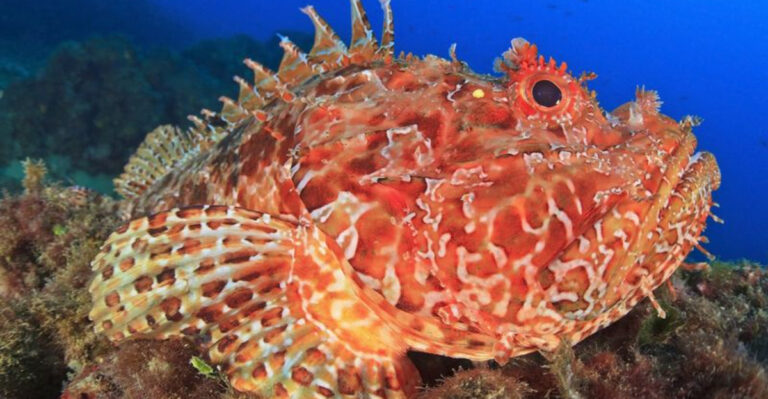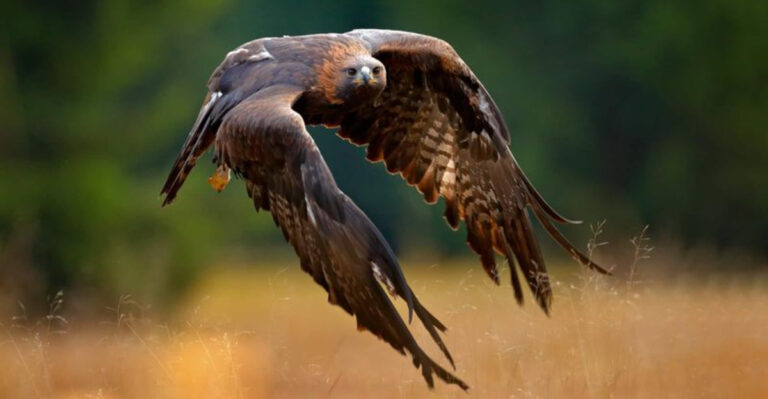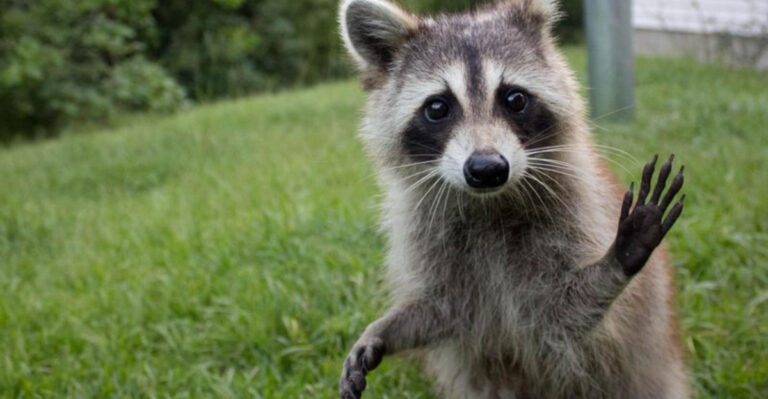14 Magical Forest Animals With Surreal Traits
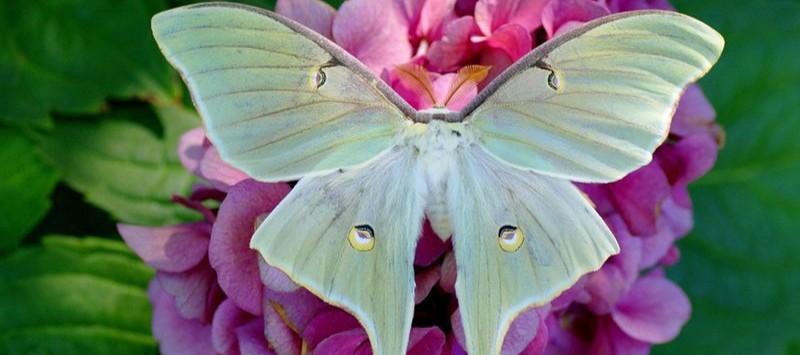
The forest is home to countless creatures, each with its own unique traits. Among them are animals with characteristics so surreal, they seem straight out of a fantasy novel.
From the iridescent wings of the moon moth to the transparent skin of the glass frog, these animals have extraordinary adaptations. Their abilities captivate both scientists and nature lovers alike.
1. Fireflies
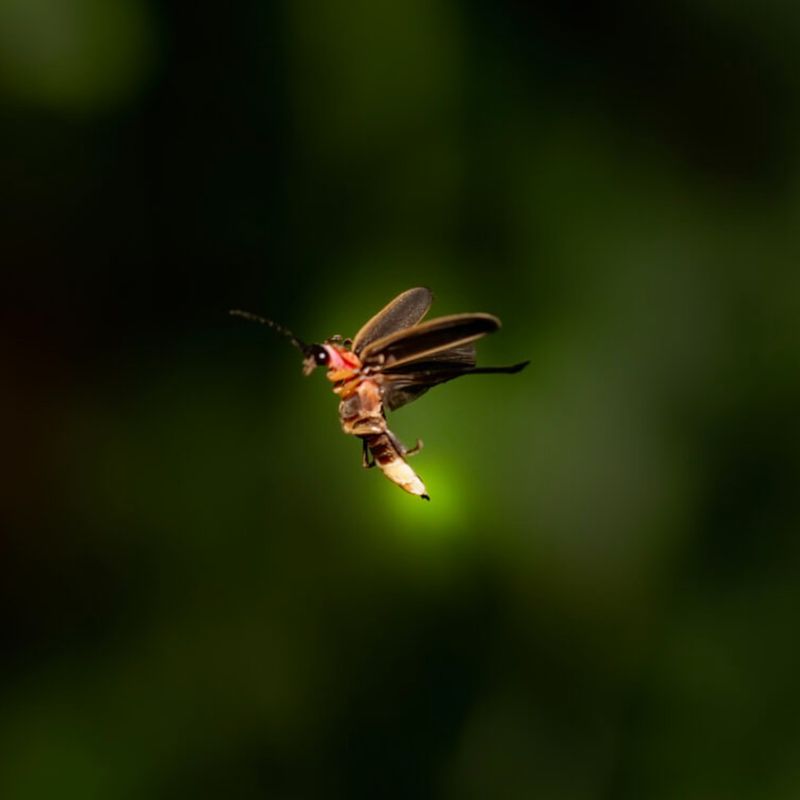
Fireflies, also called lightning bugs, light up the night with their enchanting glow.
Found in temperate and tropical regions worldwide, these bioluminescent beetles are a familiar sight.
The light is produced through a chemical reaction in their abdomen, used to attract mates or deter predators.
Each species has a unique flash pattern, creating a mesmerizing light show in the forest.
2. Mimic Octopus
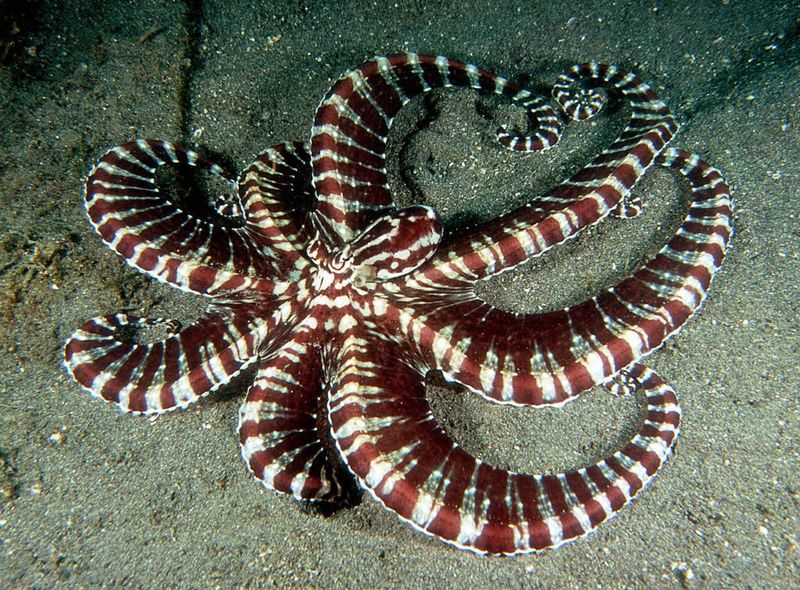
In the shallow waters of mangrove forests and coral reefs, the Mimic Octopus reigns supreme with its unparalleled ability to imitate other species.
This clever cephalopod can morph its shape and color to mimic over 15 different marine creatures, from lionfish to flatfish.
Its shape-shifting prowess not only confuses predators but also fascinates scientists and divers alike.
The Mimic Octopus’s surreal adaptability is a testament to the extraordinary and dynamic life found beneath the forest’s watery realms.
3. Bowerbird
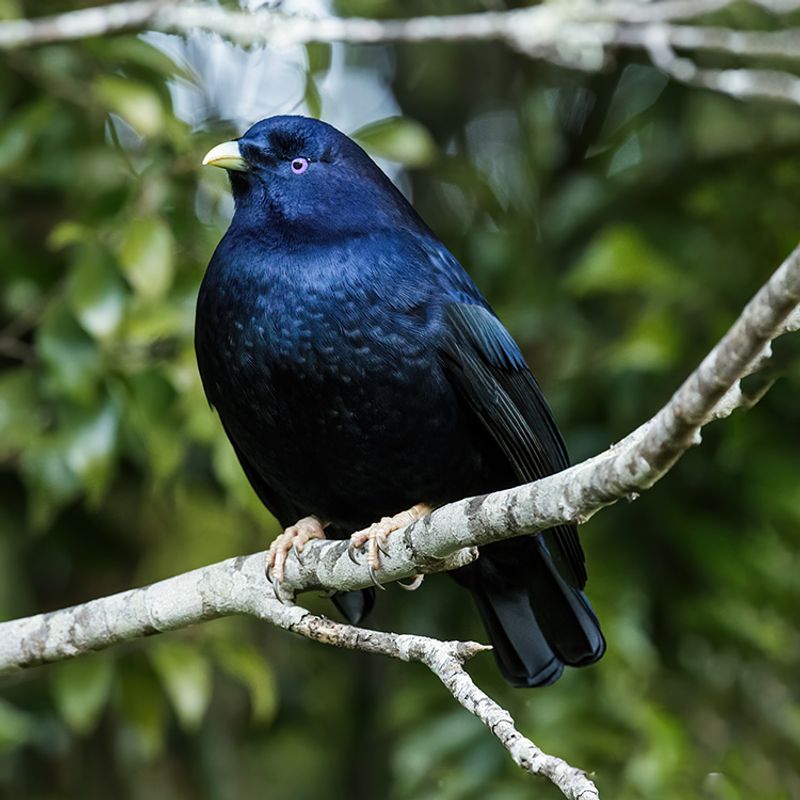
Deep in the forest, the Bowerbird becomes an artist, gathering brightly colored objects to construct intricate bowers.
The male’s collection of blue objects isn’t just for decor; it’s a display of his skill and creativity, aimed at attracting a mate.
These intricate structures, combined with the male’s elaborate courtship dance, create a vivid and whimsical scene straight out of a fantasy tale.
The Bowerbird’s artistic prowess and unique behaviors add an enchanting chapter to the forest’s story.
4. Moon Moth
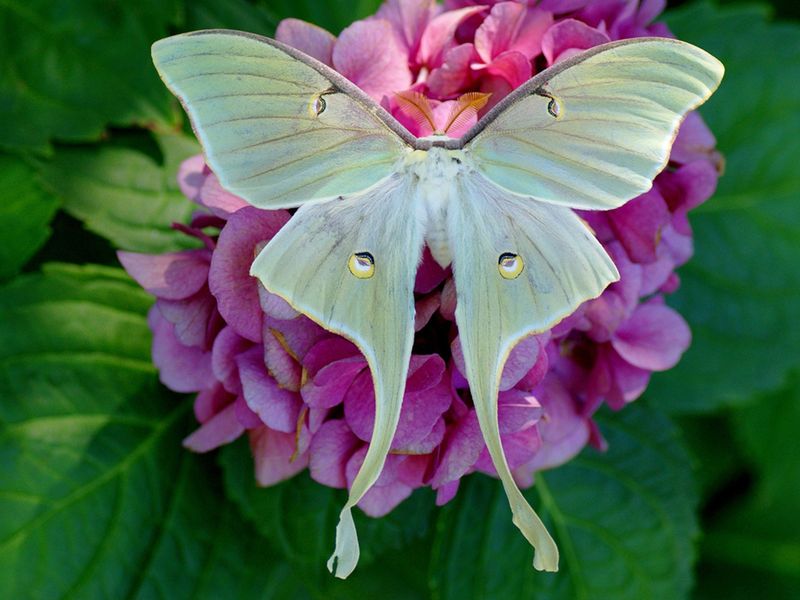
The moon moth, or Actias luna, is a nocturnal marvel found in North American forests. With large, pale green wings and eye-like patterns, it confuses predators while flying.
Its long, tail-like appendages can reach up to 4.5 inches and help disrupt bat echolocation.
These moths are mostly active at night, camouflaging themselves during the day.
The adult moon moth has a short life span, living only about a week. Its main goal during this time is to mate and lay eggs.
5. Glass Frogs
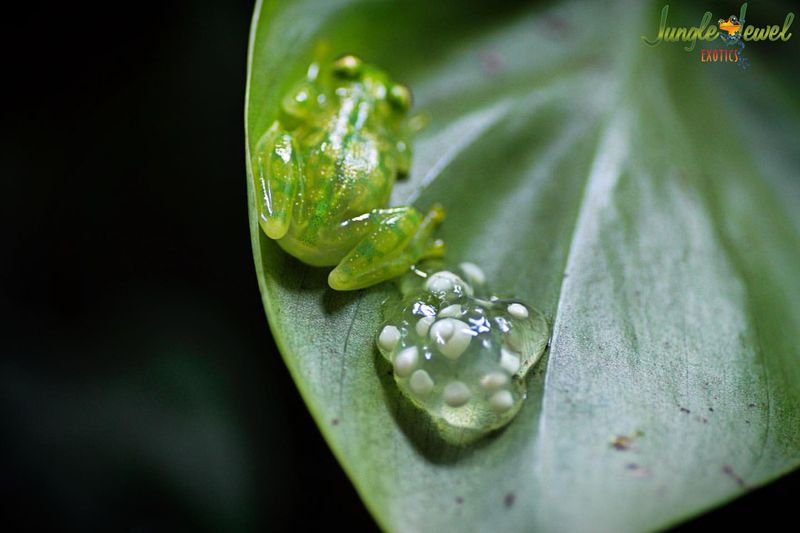
Glass frogs, part of the Centrolenidae family, are tiny amphibians with transparent skin. Found mainly in Central and South America, they thrive in the humid rainforests.
Their see-through skin serves as camouflage, protecting them from predators. From beneath, they blend with leaves, while their green upper side further conceals them.
Active mostly at night, these frogs are hard to spot. Males attract females with unique vocalizations that echo through the forest.
6. Lyre Birds
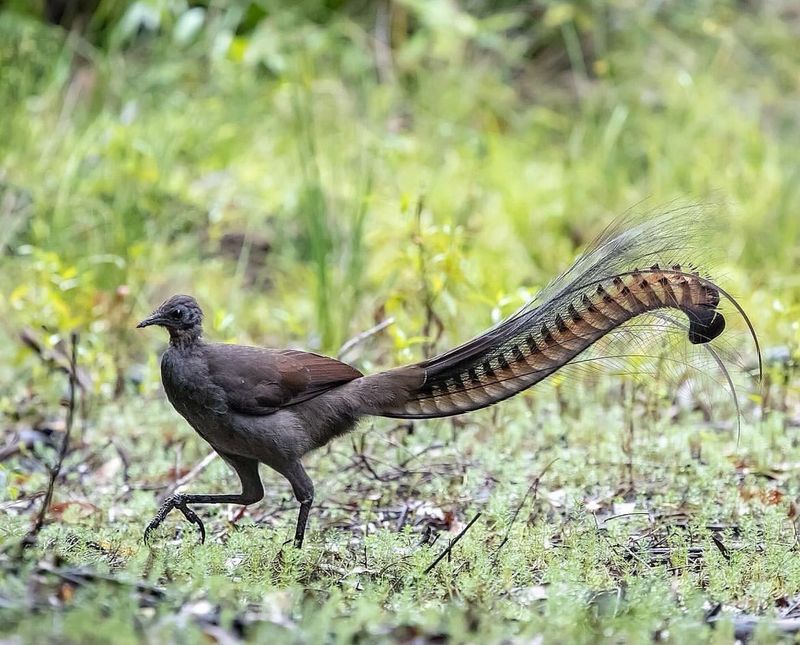
Lyre birds, native to Australia, are famous for their incredible vocal talents.
They can mimic nearly any sound, from chainsaws to camera shutters, helping them establish territory and attract mates.
Their tail feathers are equally fascinating. During courtship, males fan them into the shape of a lyre, creating a spectacular display paired with impressive vocal mimicry.
These birds live in dense forests, foraging on the forest floor for insects and small creatures.
Their talent for mimicry and stunning plumage makes them a captivating species.
7. Axolotl
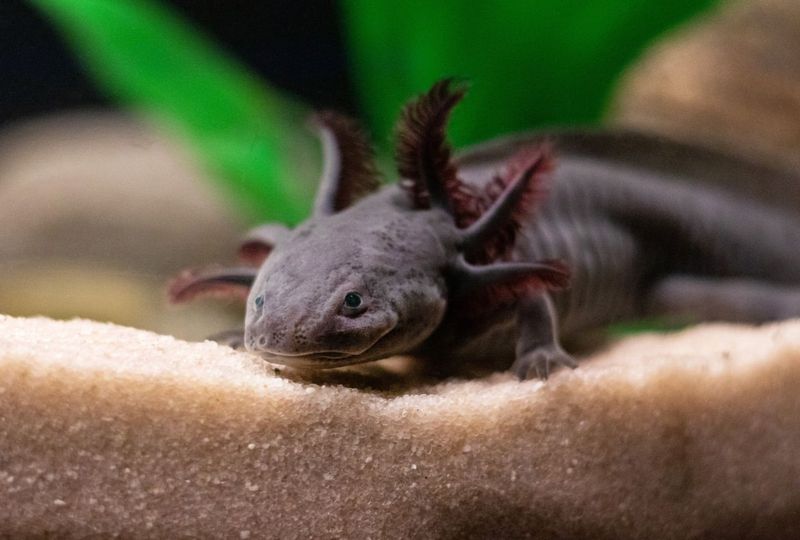
The axolotl, also known as the ‘Mexican walking fish,’ is an aquatic salamander with a unique trait.
Unlike most amphibians, they stay in their larval form throughout their lives, retaining feathery gills
Native to Mexico’s Xochimilco lake complex, axolotls are critically endangered due to habitat loss and pollution.
Despite this, their incredible regenerative abilities make them popular in research, as they can regrow entire limbs.
They feed on small aquatic creatures, making them fascinating to observe in both aquariums and their natural habitat.
8. Glasswing Butterfly
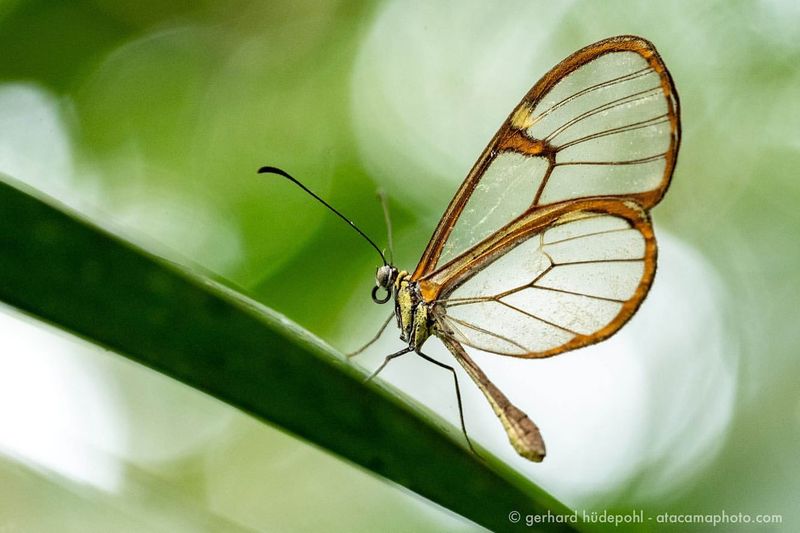
The glasswing butterfly, or Greta oto, is a stunning natural marvel with nearly invisible wings.
Found mainly in Central and South America, they thrive in forest edges and gardens.
Their transparency is due to the lack of scales on their wings, which allows light to pass through.
Despite their delicate look, glasswing butterflies are strong fliers, traveling long distances. They feed on nectar and play a crucial role in pollinating flowers.
9. Leaf Gecko
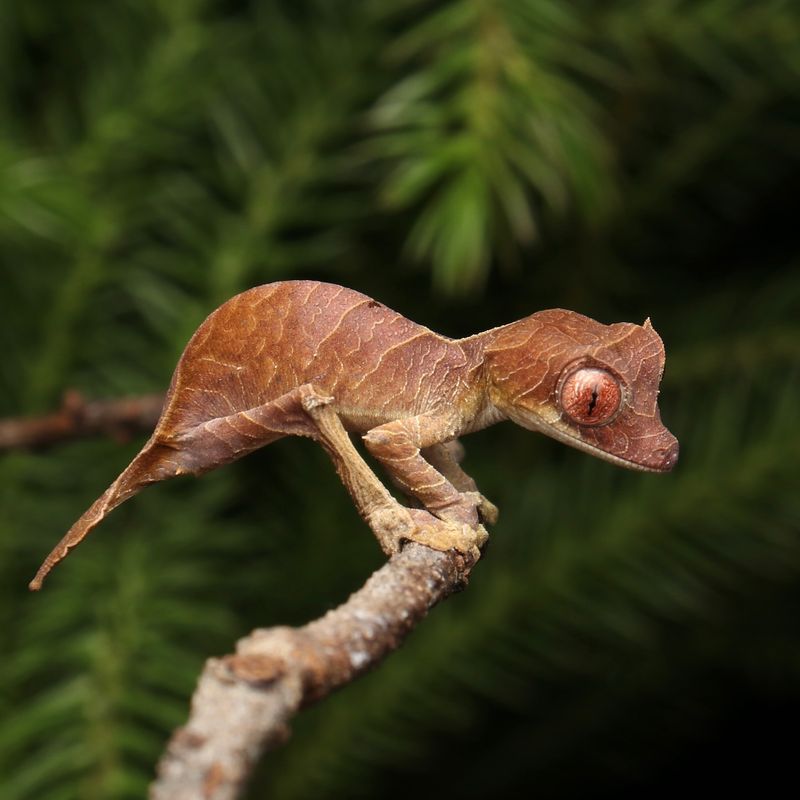
Leaf geckos, from the genus Uroplatus, are true masters of disguise.
Native to Madagascar, they’ve evolved to resemble dead leaves, offering perfect camouflage against predators.
Their bodies are flattened, and their tails mimic the shape and color of leaves, with detailed veins and edges.
During the day, they remain motionless on tree branches, blending perfectly into the environment.
At night, they become active hunters, feeding on insects and small invertebrates.
10. Pangolins
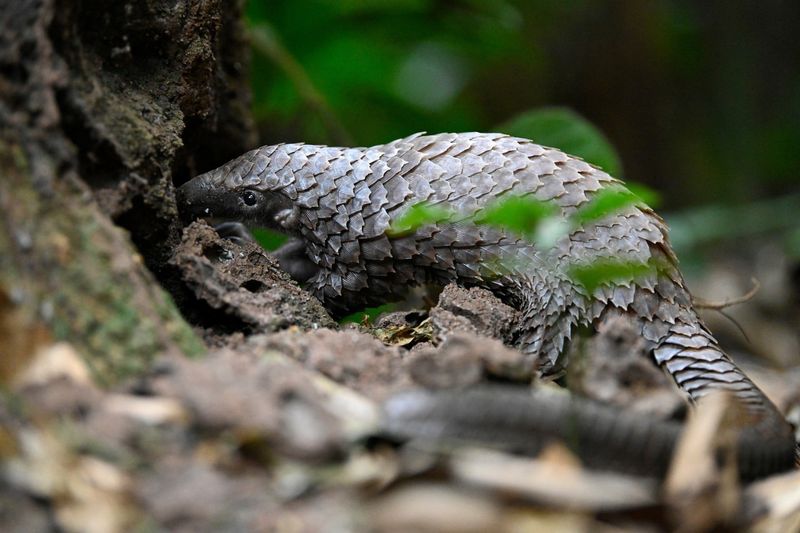
Pangolins are unique mammals covered in scales, resembling reptiles. These nocturnal creatures are found in Asia and Africa, living in forests and grasslands.
Their scales are made of keratin, like human nails, offering defense against predators. When threatened, pangolins curl into a ball, using their tough scales as armor.
Unfortunately, their scales have made them targets for poachers, resulting in their critical endangerment.
Pangolins feed on ants and termites, using long, sticky tongues to capture prey.
11. Flying Snake
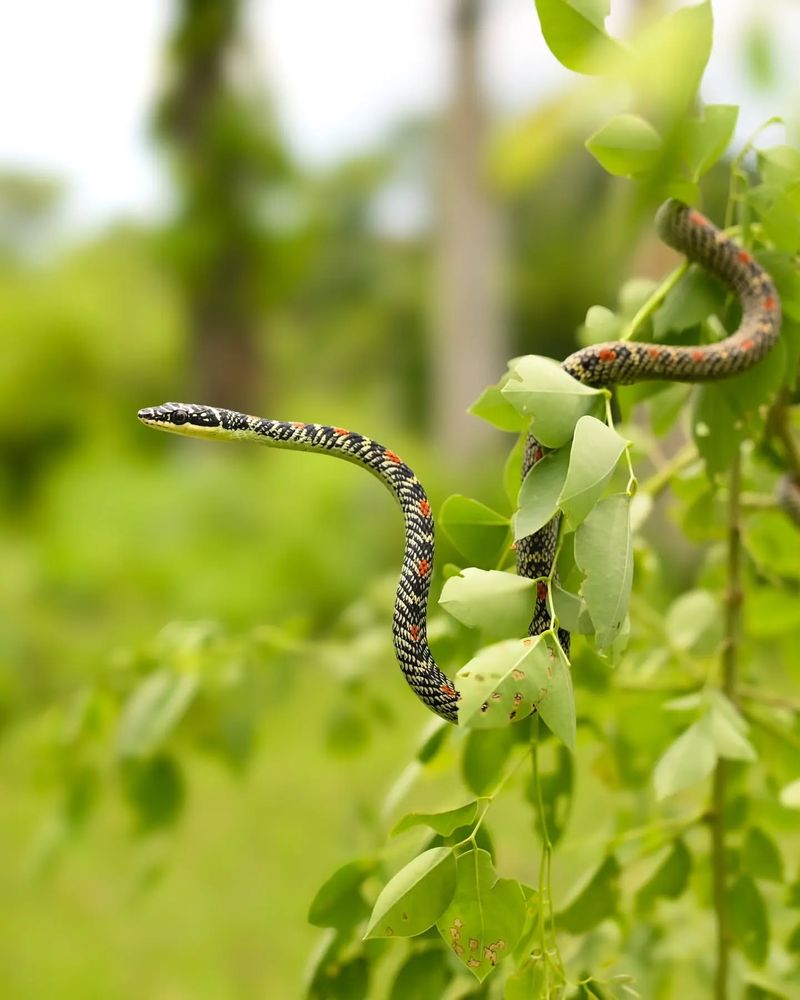
Flying snakes, from the genus Chrysopelea, are fascinating reptiles capable of gliding. Found in Southeast Asia, they inhabit tropical forests and climb trees with ease.
They glide by flattening their bodies and launching themselves from branches. This unique ability helps them escape predators and travel between trees to find prey.
Flying snakes are harmless to humans, feeding on lizards and small rodents. Watching them glide is a surreal sight, showcasing nature’s ingenuity.
12. Giant Atlas Moths
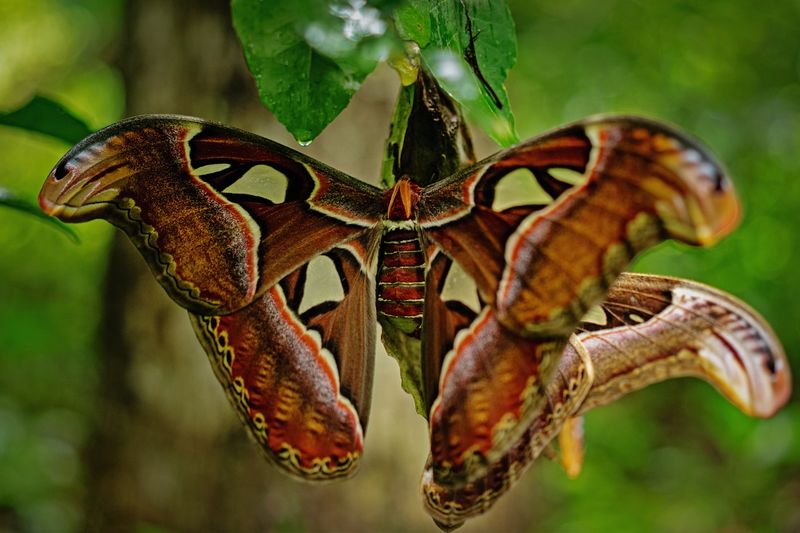
The giant atlas moth, native to Asia, is one of the largest moths in the world. Its wingspan can reach up to 12 inches, making it a breathtaking sight.
The wings are patterned to resemble snake heads, helping to ward off predators. As nocturnal creatures, they live only about a week as adults.
During their short lifespan, their main focus is reproduction since they lack mouthparts for feeding. These moths contribute significantly to pollination in their ecosystem.
13. Okapis
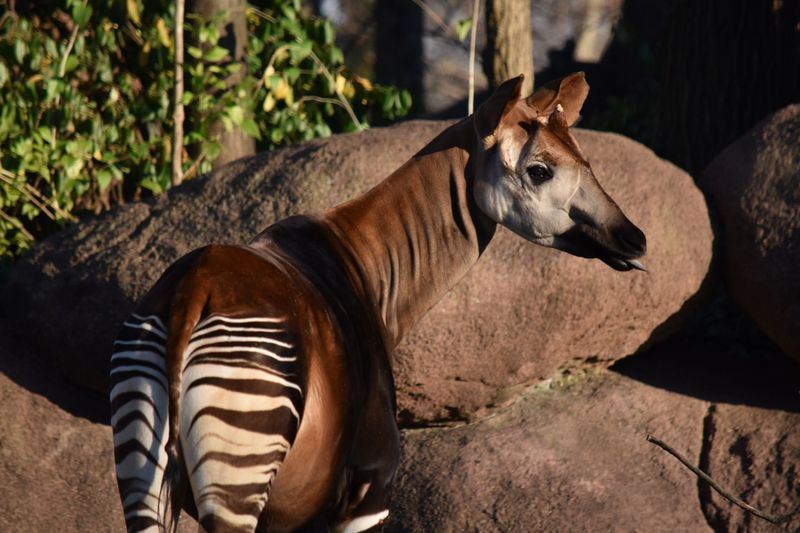
Okapis, also known as the ‘forest giraffe,’ are elusive mammals native to Central Africa’s rainforests. Despite their zebra-like stripes, they are closely related to giraffes.
The stripes on their legs help camouflage them in the forest, blending into their surroundings. These shy creatures are solitary, feeding on leaves, buds, and fruits.
With their long necks, okapis can reach higher foliage, while their large ears help detect predators. Seeing an okapi in the wild is a rare and surreal experience.
14. Tentacled Snake
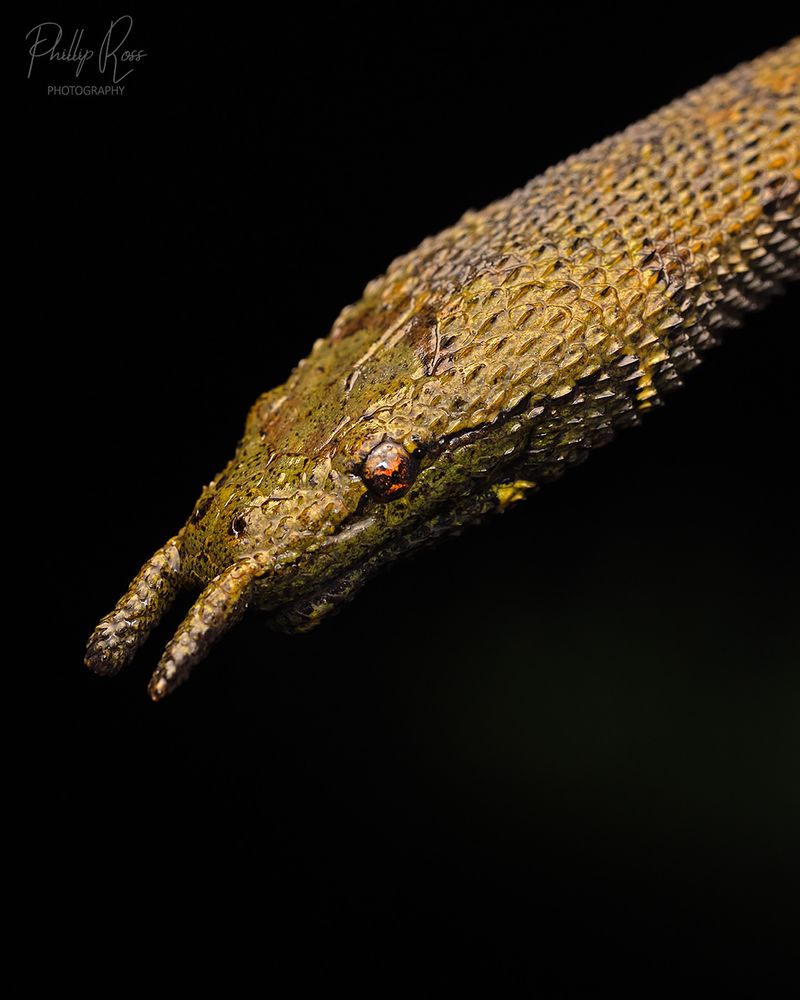
The tentacled snake, native to Southeast Asia, is an aquatic predator with a unique feature. It has two tentacle-like structures on its snout, which help it detect prey in murky waters.
As ambush predators, they remain motionless until a fish approaches, using their tentacles to sense movement. Their hunting technique is a perfect example of evolution’s ingenuity.
Despite their eerie appearance, tentacled snakes are harmless to humans.

